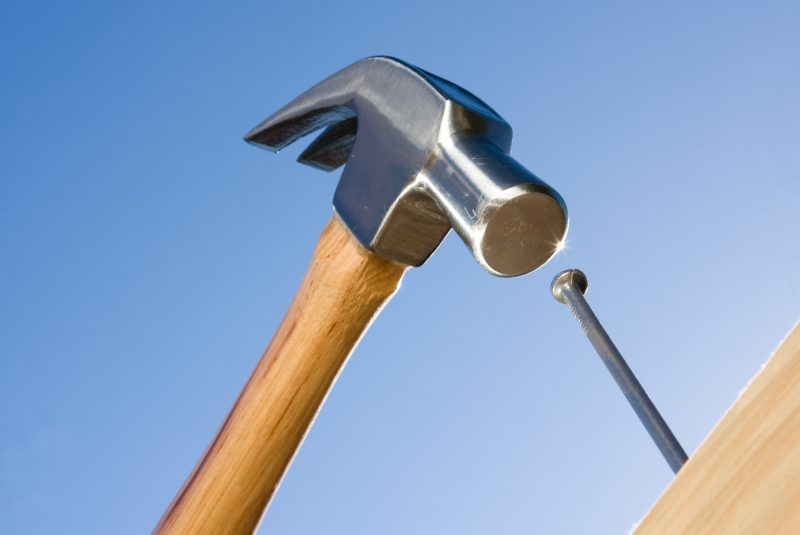2/18/25 – Unleash Your Inner Craftsman: The Incredible History and Significance of the Hammer

Unleash Your Inner Craftsman: The Incredible History and Significance of the Hammer
In today’s world of advanced technology and intricate machinery, it’s easy to overlook the simple yet powerful tool that has been essential to human civilization for centuries – the hammer. A tool so commonplace in our daily lives, it’s often taken for granted. But the hammer has a rich history that has shaped construction, metalworking, and craftsmanship throughout the ages. Let’s take a journey through time to explore the origins, evolution, and ongoing significance of this incredible tool.
The Origins of the Hammer
The story of the hammer begins long before the advent of modern tools and materials. Early humans didn’t have the advanced equipment we rely on today; instead, they used what they had available in nature. The first hammers were made from stone, antlers, and wood, and were primarily used for basic tasks such as shaping materials, hunting, and building rudimentary shelters. These primitive hammers were the building blocks for what would become an indispensable tool for civilization.
Ancient civilizations such as the Egyptians, Greeks, and Romans made significant advancements in hammer technology. The Egyptians used stone hammers for shaping and carving the heavy stones that formed their architectural marvels, while the Romans innovated with metalworking hammers used to craft weapons, tools, and other essential goods. The hammer played a critical role in the development of construction and metalworking techniques, marking its place in history as a key instrument for shaping the world.
The Evolution of the Hammer
As humanity progressed, so did the hammer. The evolution of the hammer mirrored technological advancements, with the tool evolving to meet the changing needs of various industries. The introduction of metal hammers marked a pivotal moment in the hammer’s history, providing greater durability and effectiveness for more demanding tasks.
By the 19th century, the hammer took on a new form with the creation of the claw hammer. This revolutionary design, invented by Samuel Slocum, featured two ends: a flat side for driving nails and a curved claw for removing them. The claw hammer quickly became an essential tool for carpenters and builders, cementing its place as one of the most recognizable hammers in the world.
Throughout the Industrial Revolution, the hammer continued to evolve alongside machinery, with specialized hammers being developed for specific tasks. From the sledgehammer to the framing hammer, innovations in hammer design helped streamline processes in construction, metalworking, and other trades.
The Hammer in Modern Times
Despite the advent of power tools and machinery, the hammer remains a fundamental tool in modern-day construction, woodworking, and DIY projects. Its enduring popularity is a testament to its effectiveness, simplicity, and versatility.
In today’s world, the hammer is used for a wide range of tasks, each requiring a different type of hammer. For example, a claw hammer is perfect for general carpentry, while a rubber mallet is ideal for delicate tasks that require less impact. The right hammer for the job can make all the difference, and the continued success of this tool in modern industries speaks to its timeless appeal.
Additionally, the resurgence of handcrafted goods and the rise of DIY culture have brought the hammer back into the spotlight. Whether it’s a homeowner building a bookshelf or a craftsperson shaping a custom piece of furniture, the hammer remains a tool that connects us to the art of creating with our hands.
From its humble beginnings as a stone tool to its role in modern craftsmanship and construction, the hammer has left an indelible mark on human history. Its evolution tells the story of innovation, adaptability, and the ongoing need for craftsmanship in a world dominated by technology. Today, the hammer remains a universal tool with an enduring legacy in industries that build, create, and shape the world around us.
The next time you pick up a hammer, take a moment to appreciate its rich history and the countless ways it has impacted society. Whether you’re swinging a claw hammer for a home improvement project or admiring a finely crafted piece of furniture, remember that this simple tool carries with it centuries of human ingenuity.
Turn to the Gould Construction Institute for high quality cost-effective training.
